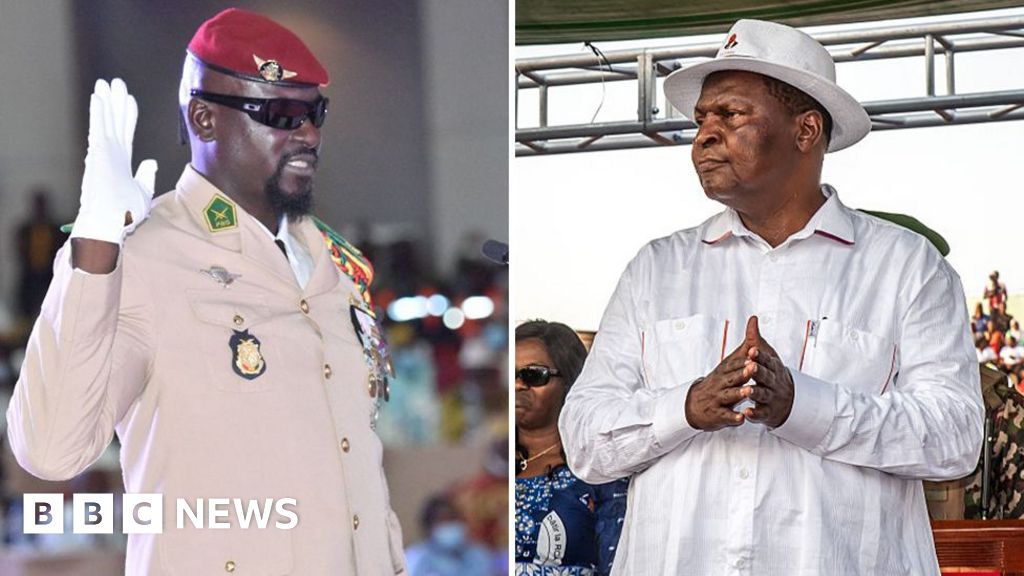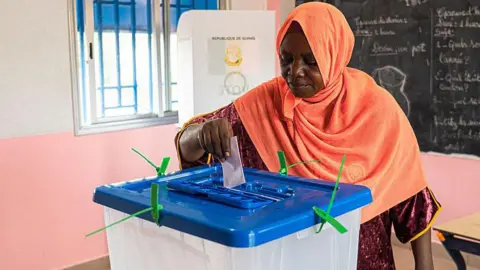- Halftime Rewind: Pacers 61, Celtics 75 NBA
- Jaylen Brown Joins Elite Celtics Company with Historic Scoring Streak SSBCrack News
- Hornets beat Magic 120-105 after rookie Kon Knueppel injures ankle in first half The Derrick
- Jaylen Brown, Celtics…
Hassle-free returns may be a thing of the past, and if you’re staring at a stack of unwanted Christmas gifts, you may have to think twice before mailing them back.
Several major retailers are now charging customers to return items even if they are unopened and in perfect condition.
Macy’s now charges $9.99 for mail-in returns, while TJ Maxx and Marshalls each charge $11.99.
J. Crew charges $7.50 for mail-in returns, Abercrombie & Fitch charges $7, H&M charges $3.99 and Zara charges $4.95.
It can now cost as much as $45 to return certain electronics at Best Buy.
Amazon has also tightened its policy, charging some customers unless they use its box-free, in-person drop-off option.
According to a report from the National Retail Federation, Americans will return an estimated $850 billion worth of items to stores this year. And nearly 20% of all the things U.S. consumers purchase online are returned, according to the NRF.
David Sobie, who co-founded Happy Returns, a company that uses artificial intelligence robots to help make returns easier, says that the White House’s tariff policies could be to blame.
“Merchants now are under a tremendous amount of cost pressure,” Sobie told CBS News. “…They’re really trying to offset some of the costs that they face in returns by asking shoppers to share some of the burden.”
Sobie advises that the best way to avoid the fees is “to read the retailer’s return policy before you check out in the first place.”








